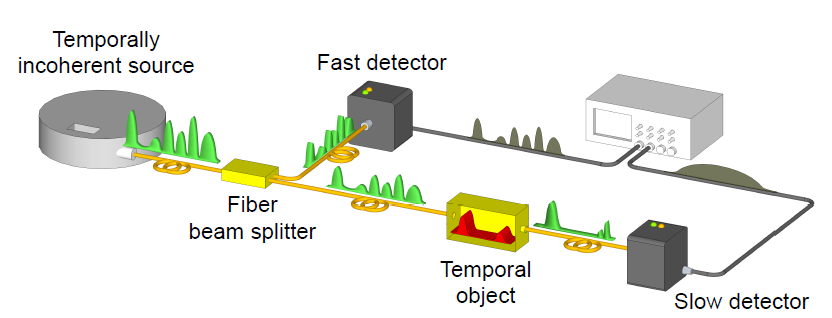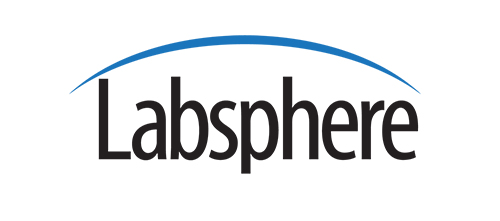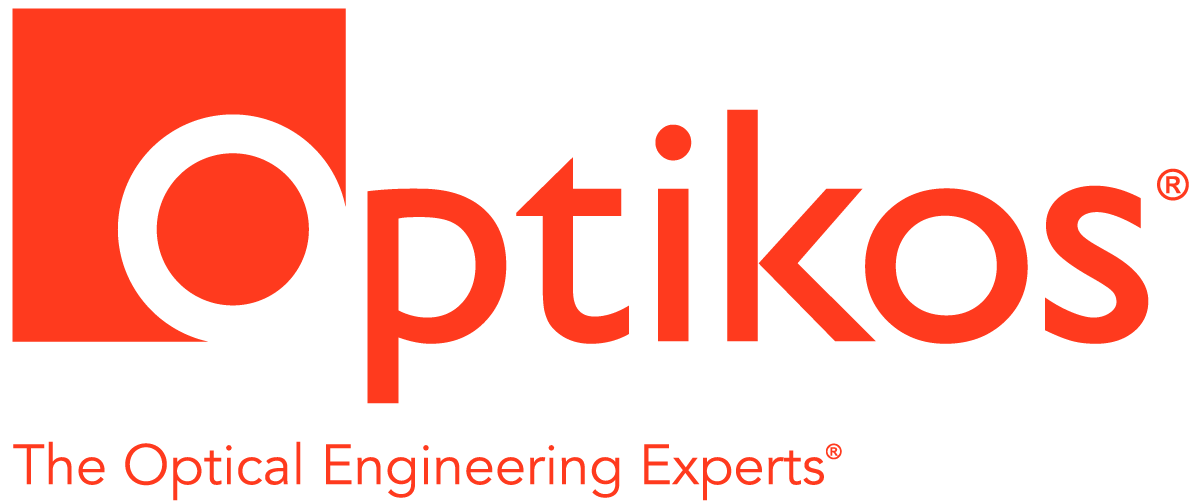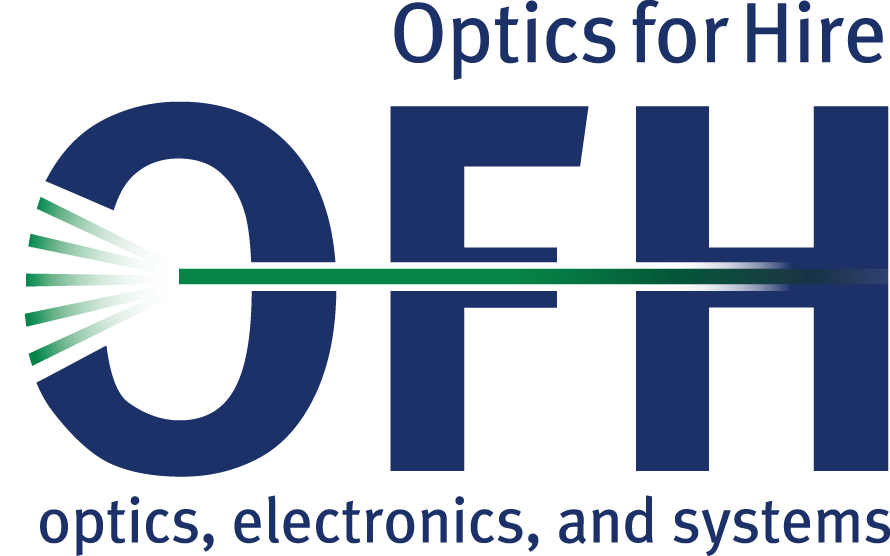November 17, 2016 - Mathias Kolle
 |
Location: | MIT Lincoln Laboratory, 3 Forbes Road, Lexington, MA 02420 |
| Dinner Reservation Deadline: | Monday, November 14, 2016 @ 6pm |
Biological Inspiration in Optics and Photonics
The research in the Laboratory for Bio-inspired Photonic Engineering is focused on fundamental and applied aspects of conceiving and developing multifunctional, hierarchically structured, bio-inspired material systems with particular focus on stimuli-responsive and dynamically tunable optical performance. In this regard, we can benefit in several ways from highly sophisticated material solutions that have convergently evolved in various organisms. We explore design concepts found in biological photonic architectures and seek to understand the mechanisms underlying morphogenesis of bio-optical systems. We aim to devise viable manufacturing strategies that can benefit from insight in biological formation processes and the use of established synthetic routines alike. Ultimately, we strive to realize new photonic materials with tailor-made optical properties. Recently, we invented color-tunable elastic photonic fibers, a fully synthetic material analogue of the photonic structures found in a tropical fruit. We aim to establish these fibers as a material platform for applications in visual stress and strain sensing, the optical assessment of mechanical properties of living tissue, or as components in dynamic textiles and flexible photonic circuitry. We are also exploring the use of complex emulsions for opto-fluidic applications such as reconfigurable micro-lenses. In this presentation, I am going to provide an overview of our research on biological photonic systems and I will discuss examples of photonic materials that exploit specific biological light manipulation strategies.
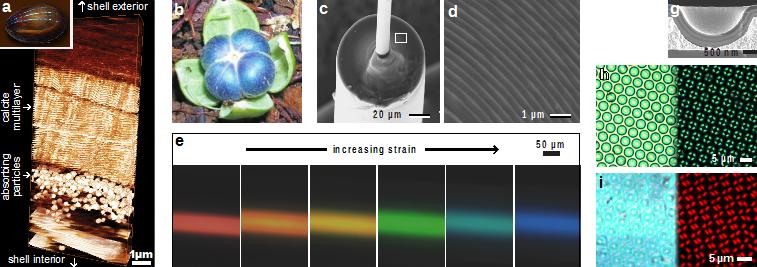
Biological and bio-inspired photonic materials. a) Composite photonic structure found in the mineralized shell of Patella pellucida. b) The blue fruit of Margaritaria nobilis. c) Cross-section of a photonic fiber that mimics the fruit’s photonic architecture. d) High-resolution image of the fibers’ layered periodic morphology taken from the area marked by a white box in (c). e) Reversible tuning of the fiber color by strain. f) The butterfly Papilio blumei. g) Electron micrograph of a synthetic mimic of the butterfly’s photonic structure. h) Optical micrograph of the mimic taken in non-polarized (left) and in polarized light (right). i) Modification of the natural design for more pronounced optical effects.
